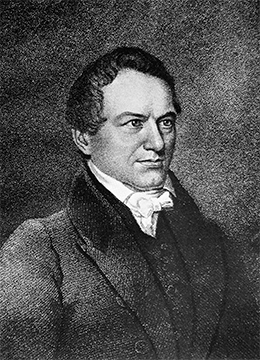| << Chapter < Page | Chapter >> Page > |
With the states and the federal government at an impasse, civil war seemed a real possibility. The next governor of South Carolina, Robert Hayne, called for a force of ten thousand volunteers ( [link] ) to defend the state against any federal action. At the same time, South Carolinians who opposed the nullifiers told Jackson that eight thousand men stood ready to defend the Union. Congress passed the Force Bill of 1833, which gave the federal government the right to use federal troops to ensure compliance with federal law. The crisis—or at least the prospect of armed conflict in South Carolina—was defused by the Compromise Tariff of 1833, which reduced tariff rates considerably. Nullifiers in South Carolina accepted it, but in a move that demonstrated their inflexibility, they nullified the Force Bill.

The Nullification Crisis illustrated the growing tensions in American democracy: an aggrieved minority of elite, wealthy slaveholders taking a stand against the will of a democratic majority; an emerging sectional divide between South and North over slavery; and a clash between those who believed in free trade and those who believed in protective tariffs to encourage the nation’s economic growth. These tensions would color the next three decades of politics in the United States.
Congress established the Bank of the United States in 1791 as a key pillar of Alexander Hamilton’s financial program, but its twenty-year charter expired in 1811. Congress, swayed by the majority’s hostility to the bank as an institution catering to the wealthy elite, did not renew the charter at that time. In its place, Congress approved a new national bank—the Second Bank of the United States—in 1816. It too had a twenty-year charter, set to expire in 1836.
The Second Bank of the United States was created to stabilize the banking system. More than two hundred banks existed in the United States in 1816, and almost all of them issued paper money. In other words, citizens faced a bewildering welter of paper money with no standard value. In fact, the problem of paper money had contributed significantly to the Panic of 1819.
In the 1820s, the national bank moved into a magnificent new building in Philadelphia. However, despite Congress’s approval of the Second Bank of the United States, a great many people continued to view it as tool of the wealthy, an anti-democratic force. President Jackson was among them; he had faced economic crises of his own during his days speculating in land, an experience that had made him uneasy about paper money. To Jackson, hard currency—that is, gold or silver—was the far better alternative. The president also personally disliked the bank’s director, Nicholas Biddle.
A large part of the allure of mass democracy for politicians was the opportunity to capture the anger and resentment of ordinary Americans against what they saw as the privileges of a few. One of the leading opponents of the bank was Thomas Hart Benton, a senator from Missouri, who declared that the bank served “to make the rich richer, and the poor poorer.” The self-important statements of Biddle, who claimed to have more power that President Jackson, helped fuel sentiments like Benton’s.

Notification Switch
Would you like to follow the 'U.s. history' conversation and receive update notifications?